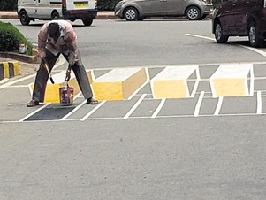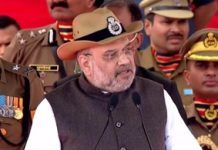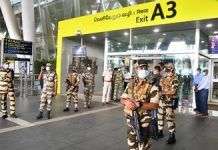Don’t be shocked if you spot bright cemented blocks near pedestrian crossings around India Gate. Simply slow down. These are three-dimensional crossings meant to catch your eye and dissuade you from speeding. These 3D crossings, that appear to be rising from the road, are going to dot major pedestrian crossings along the periphery of India Gate, including those at Rajpath, Kasturba Gandhi Marg, Tilak Marg, Dr. Zakir Hussain Marg and Shahjahan Road. The New Delhi Municipal Council (NDMC) has roped in Delhi Street Art (DSA), a group that has created a number of street arts across the city, for the project.
The crossings, common in Singapore, are said to make roads safer as they alert motorists at pedestrian crossings. In fact, Delhi Traffic Police officials claim that ever since the 3D crossings were put in place, the average speed of traffic on the stretch in a week has come down to 30 km per hour from the usual 50 km per hour. The national capital got its first 3D pedestrian crossing in July last year on Rajaji Marg. Soon after that, another such crossing was painted on Safdarjung Road. The latest 3D crossings were completed in January outside Vigyan Bhawan, at Ashoka Road and Janpath.
According to NDMC chairman Naresh Kumar the agency is ensuring that good quality paint is used for the 3D roadblocks. “Thermoplastic paint will be used to create these crossings as they last long and don’t come off. The paint is being procured from specialised agencies,” he said. Thermoplastic paint was used to mark dividers and special lanes for buses during the Commonwealth Games in 2010. “The trial received a positive feedback. So, it was decided to repeat it at other key locations with heavy traffic movement,” Kumar added.








